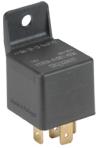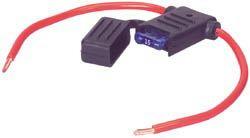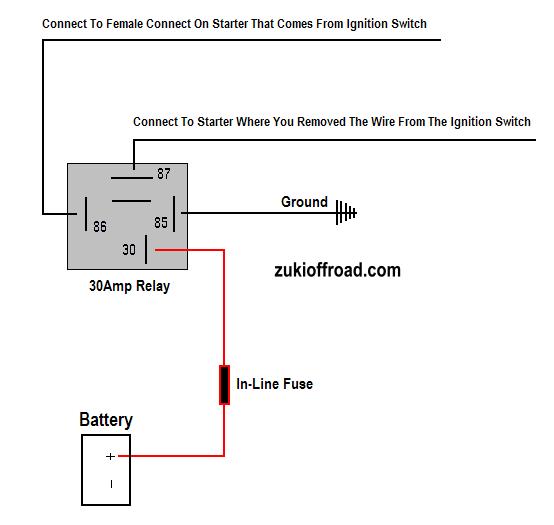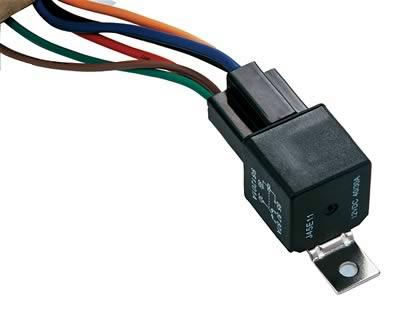It’s a common problem with the Samurai’s. You try to start the engine and hear ‘click-click-click’. Owners are overcoming this problem by wiring in a relay to get power straight from the battery instead of through the key switch.
We’ll use the diagram below as a guide for wiring in the relay:
Several companies offer a relay kit to fix the problem, but you can do it yourself.
What Does The Relay Do?
Basically, a relay is just a switch. When you ‘switch on’ the relay it creates a connection between the battery and accessory. In this case, the power that was going to the starter from the ignition switch will come straight from the battery instead of going through the ignition switch first. The ignition switch will still be used, but it will be used to switch on the relay feeding power straight from the battery to the starter instead.
These relays are very simple. We’ll avoid boring you with technical terminology to sound smart and give it to you in basic terms;
When power is applied to #86 on the relay, it switches the power on creating a connection between #30 (power supply) and #87 (accessory). The relay is nothing more than a switch. Since #86 triggers the switch, the relay needs to be grounded at #85.
That black line under #87 would be #87A. Don’t use it. Make sure you’re using #87 if you have a (5) terminal relay.
Parts You’ll Need:
|
|
 |
 |
 |
| Butt Connector | Female Connector | Male Connector | Ring Connector |
 |
 |
||
| 30 Amp Relay | In-Line Fuse |
10-12 gauge wire
(5) 10-12 gauge female connectors
(1) 10-12 gauge male connector
(2) 10-12 gauge ring connectors (one for the battery connection and one for ground)
(1) In-line fuse holder
Making The Connections:
Mount the relay in the engine compartment.
There is a 1/4″ female connector that attaches to the starter and comes from the ignition switch. You need to remove this wire. You’re going to use it to trigger the relay.
Run a wire from the #86 terminal of the relay to the wire you pulled off the starter. The end at the relay will need a female connector to attach to the relay terminal. The other end of the wire will need a male connector to plug in to the factory female connector that was plugged in to the starter.
A wire with an in-line fuse will need to run from the positive side of the battery to the #30 terminal on the relay. Use the butt connectors to connect the in-line fuse to the wire coming from the battery.
A wire will need to run from the #87 terminal of the relay to the starter. It will connect where you removed the 1/4″ female connector.
Finally, a ground wire needs to be run from terminal #85 to ground.
If your relay should ever fail you can disconnect the original wire you plugged in to your relay wire and plug it back in to the starter. With the cost of relay’s though, just keep a spare.
Relay Harnesses:
It is possible to find aftermarket harnesses for aftermarket relays and even combinations of relays with harnesses. Summit Racing carries relays with harnesses.
Pre-Wired Kit:
Or if you choose, you can order a pre-wired kit like the one below:



